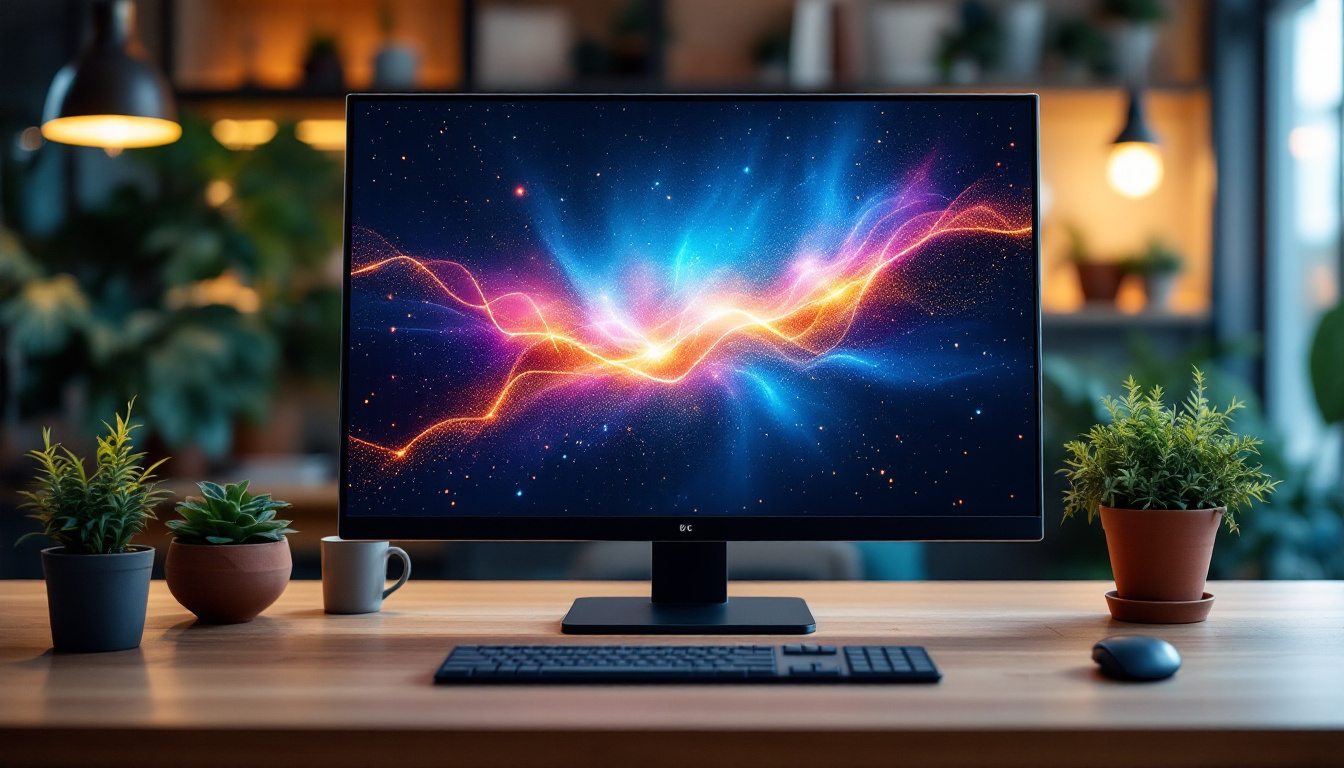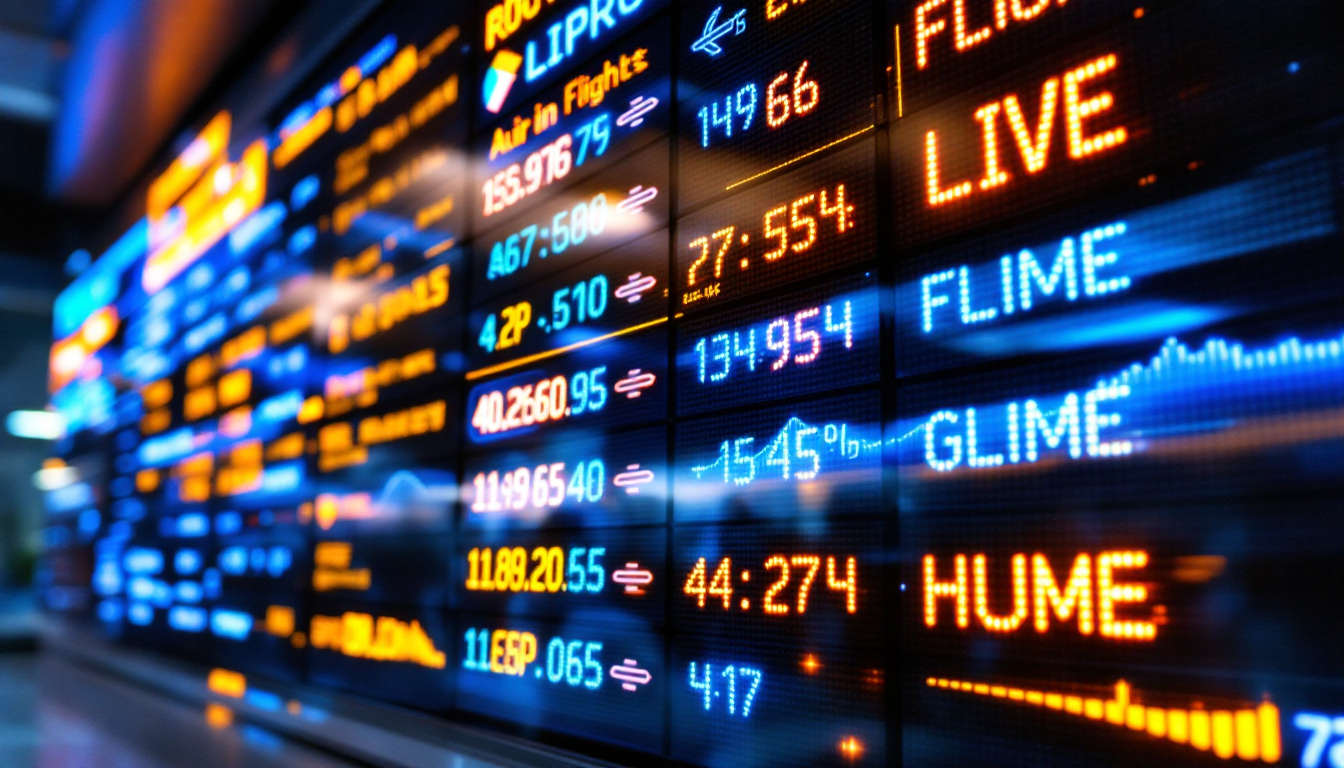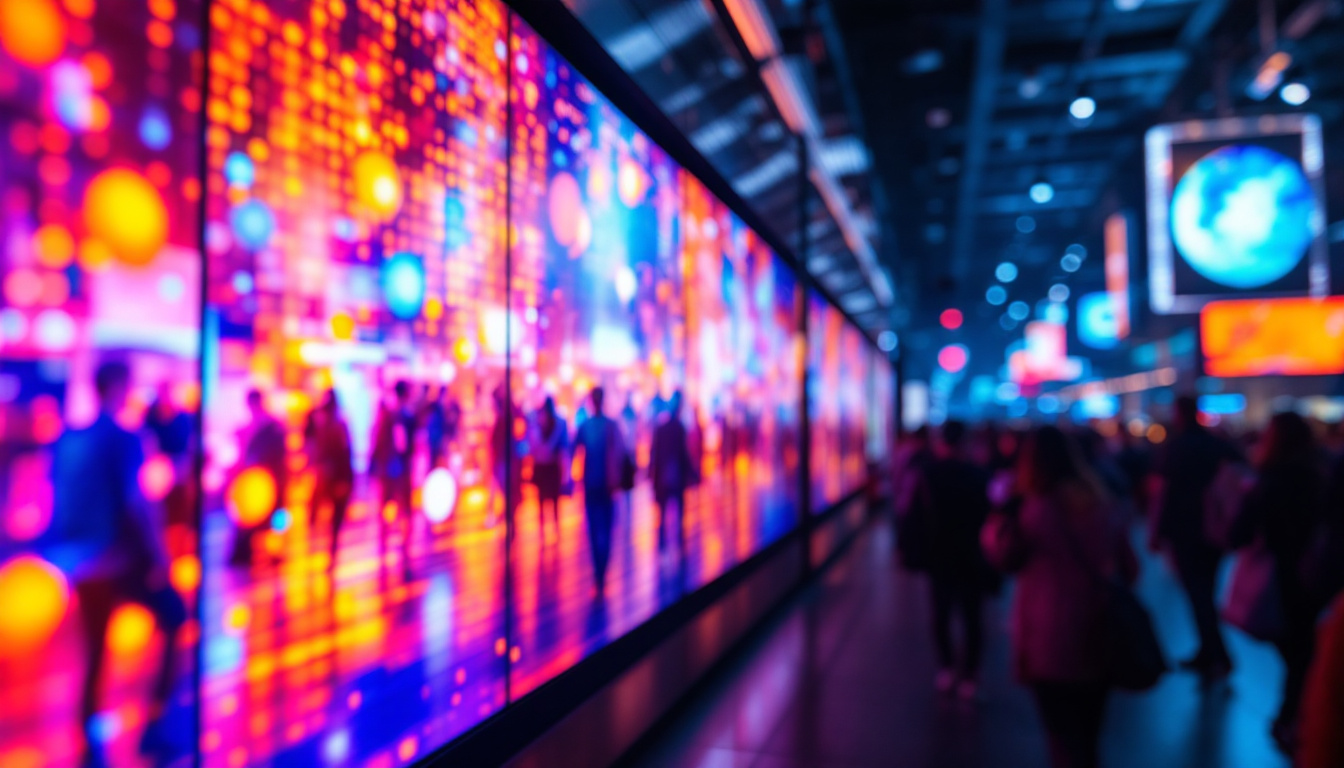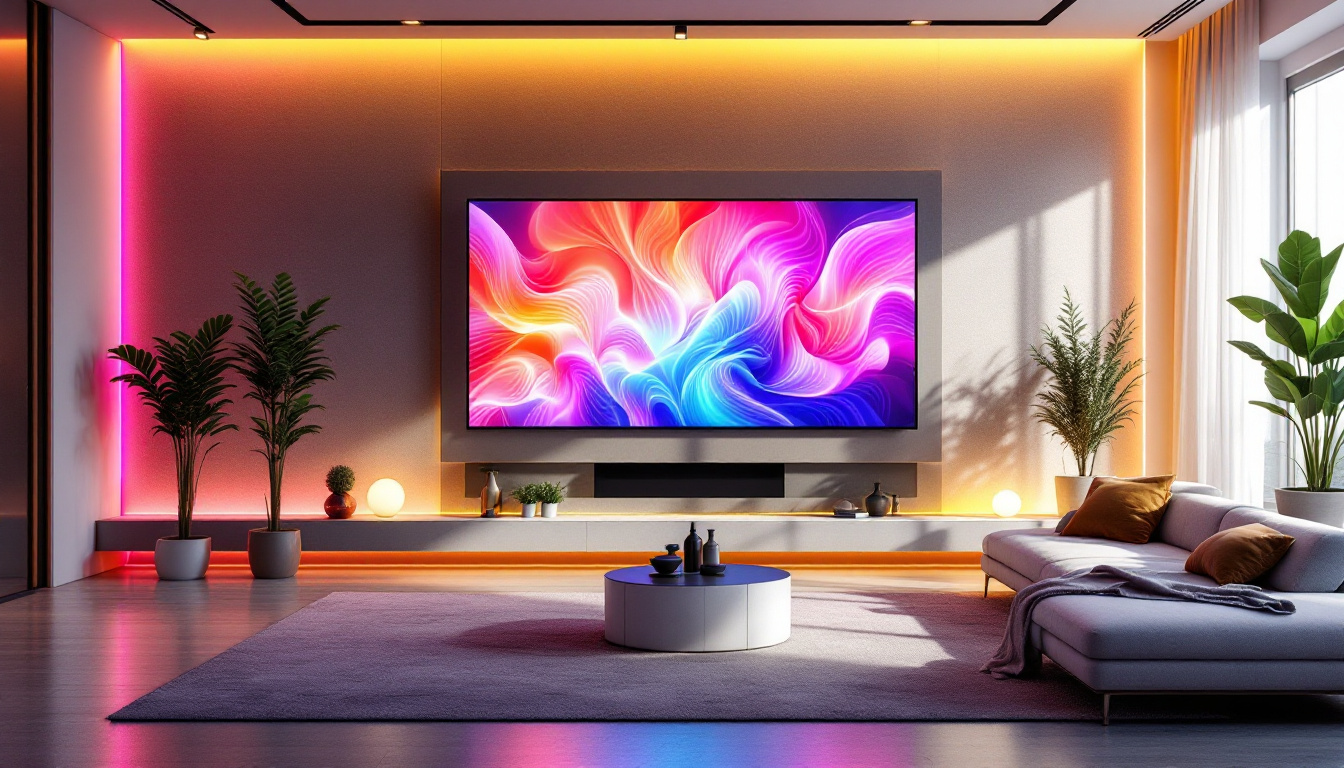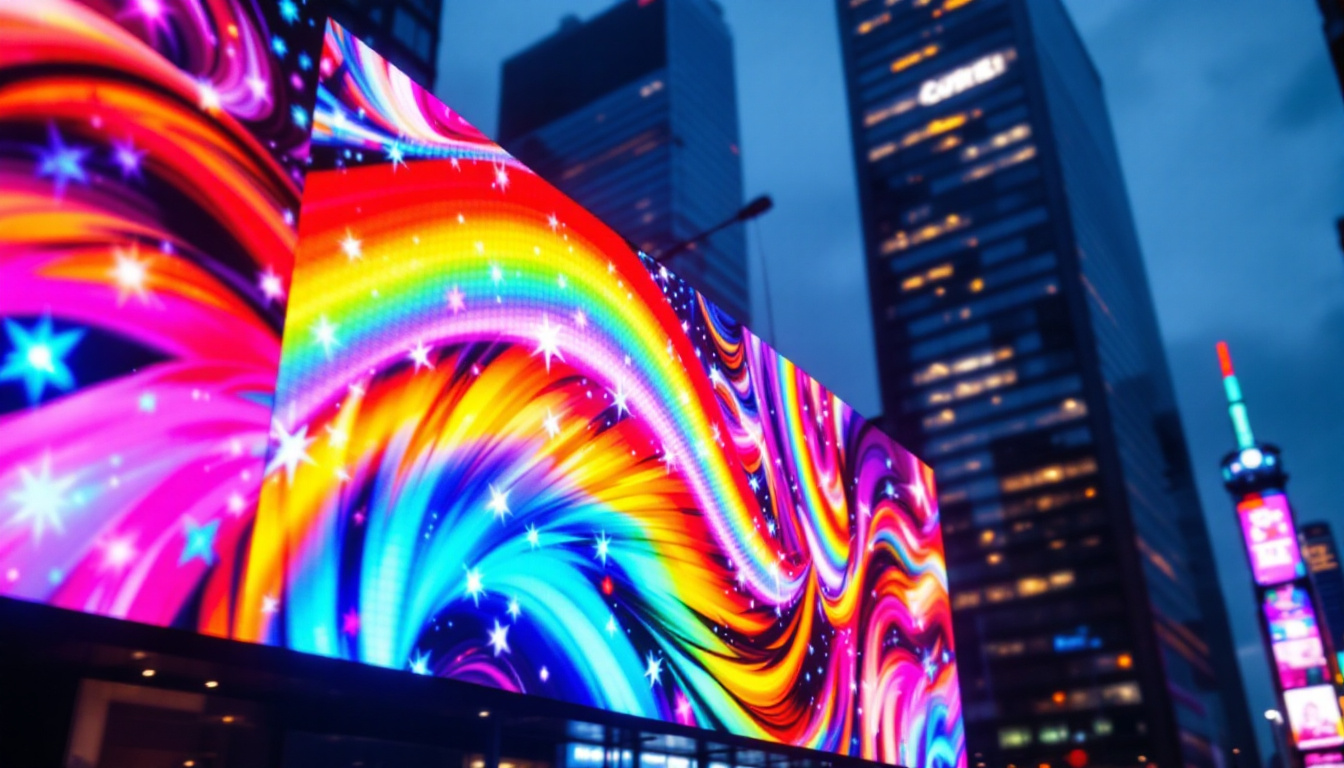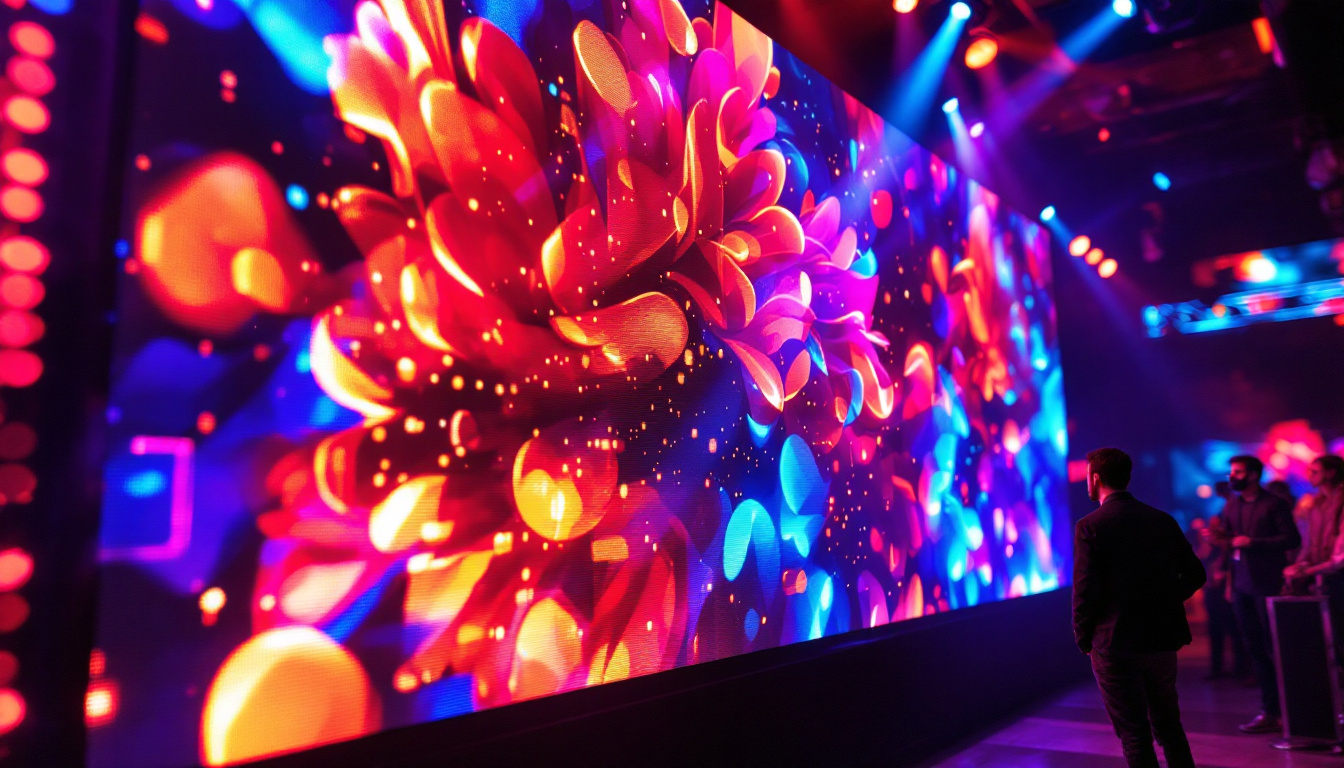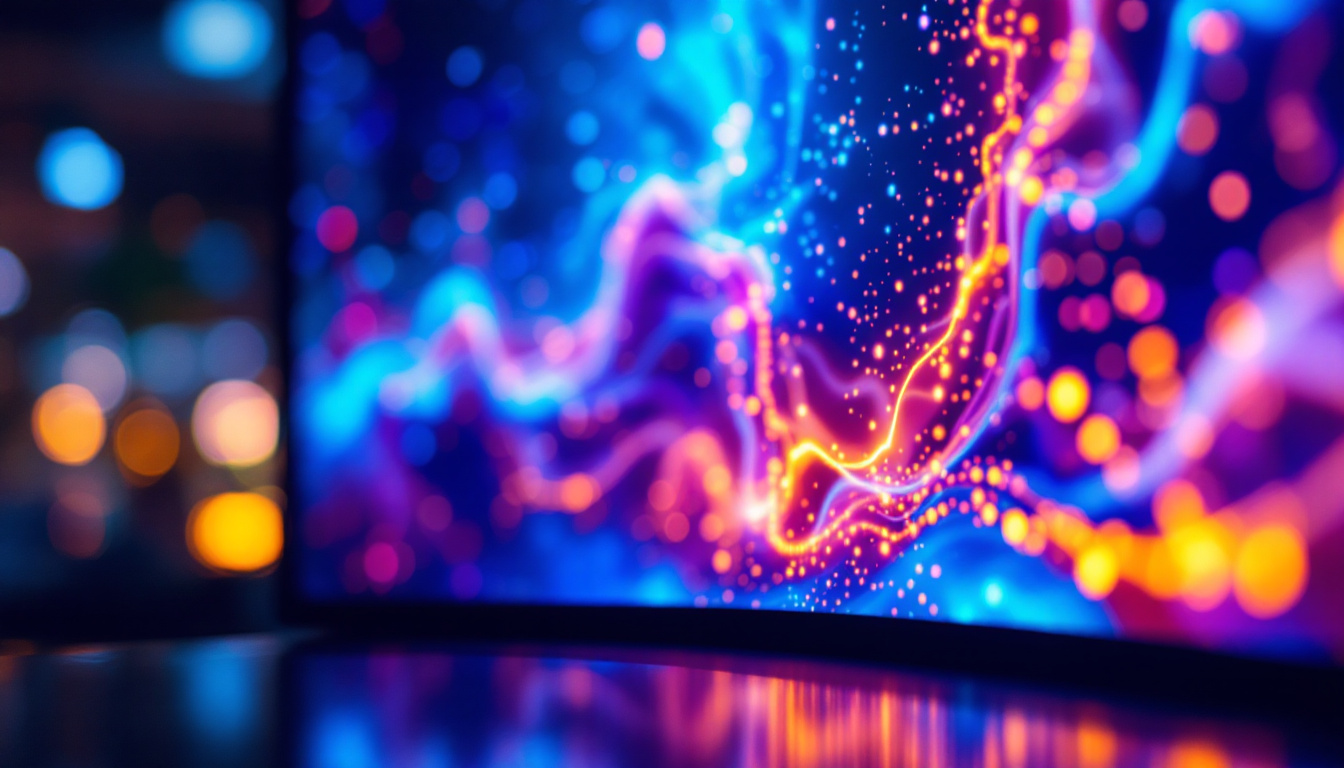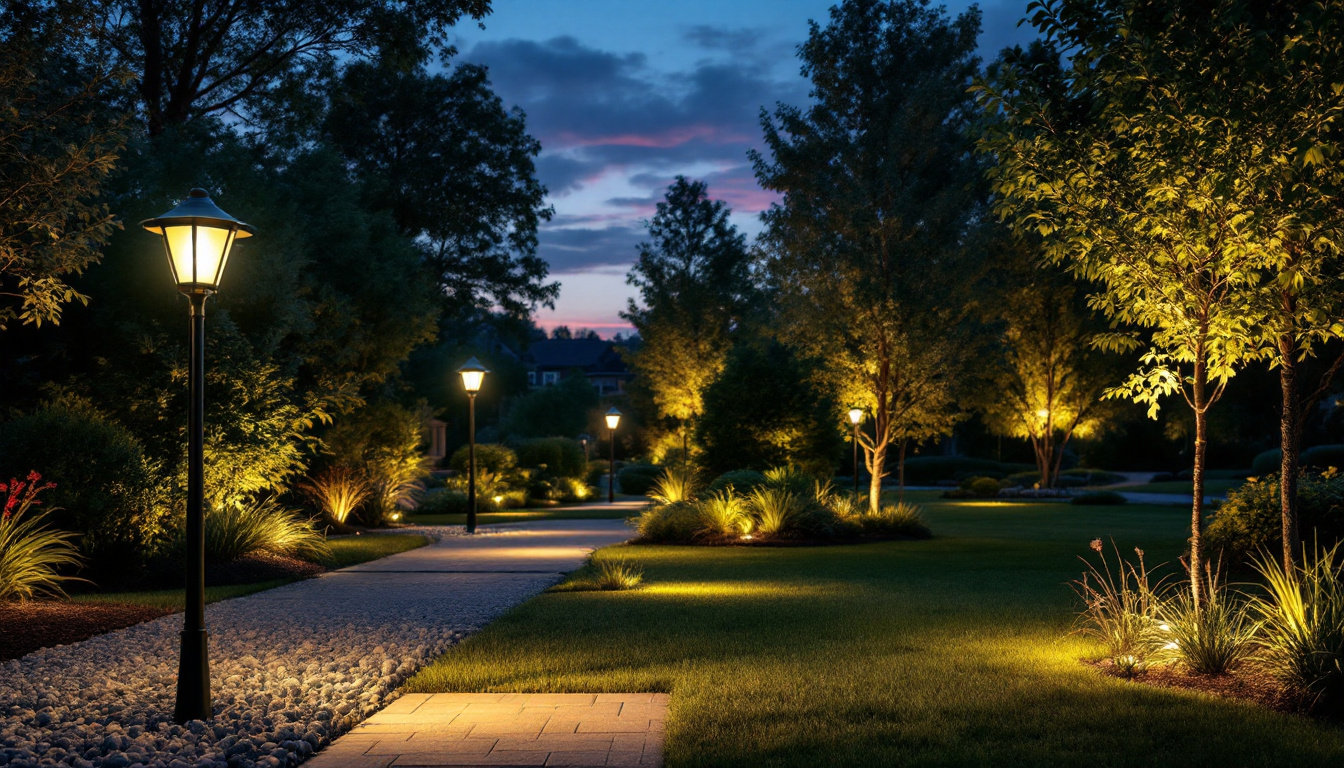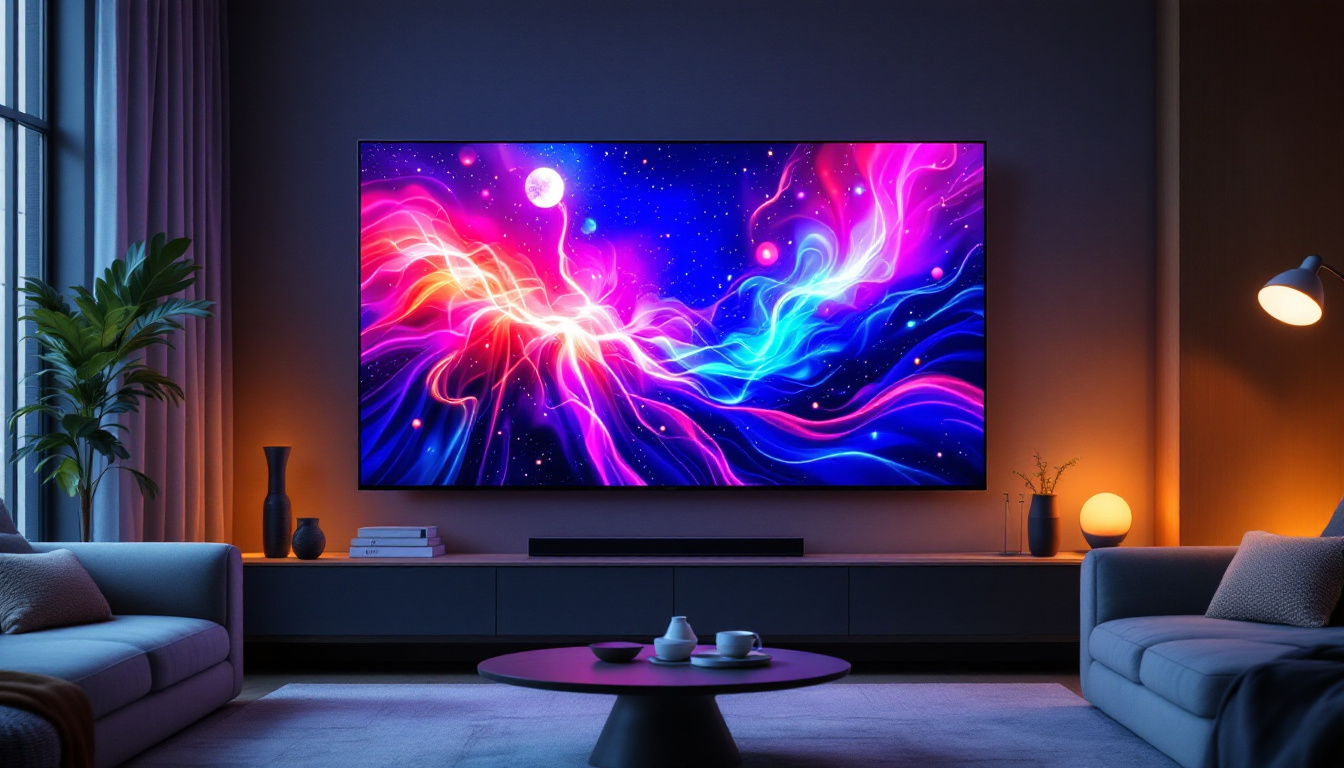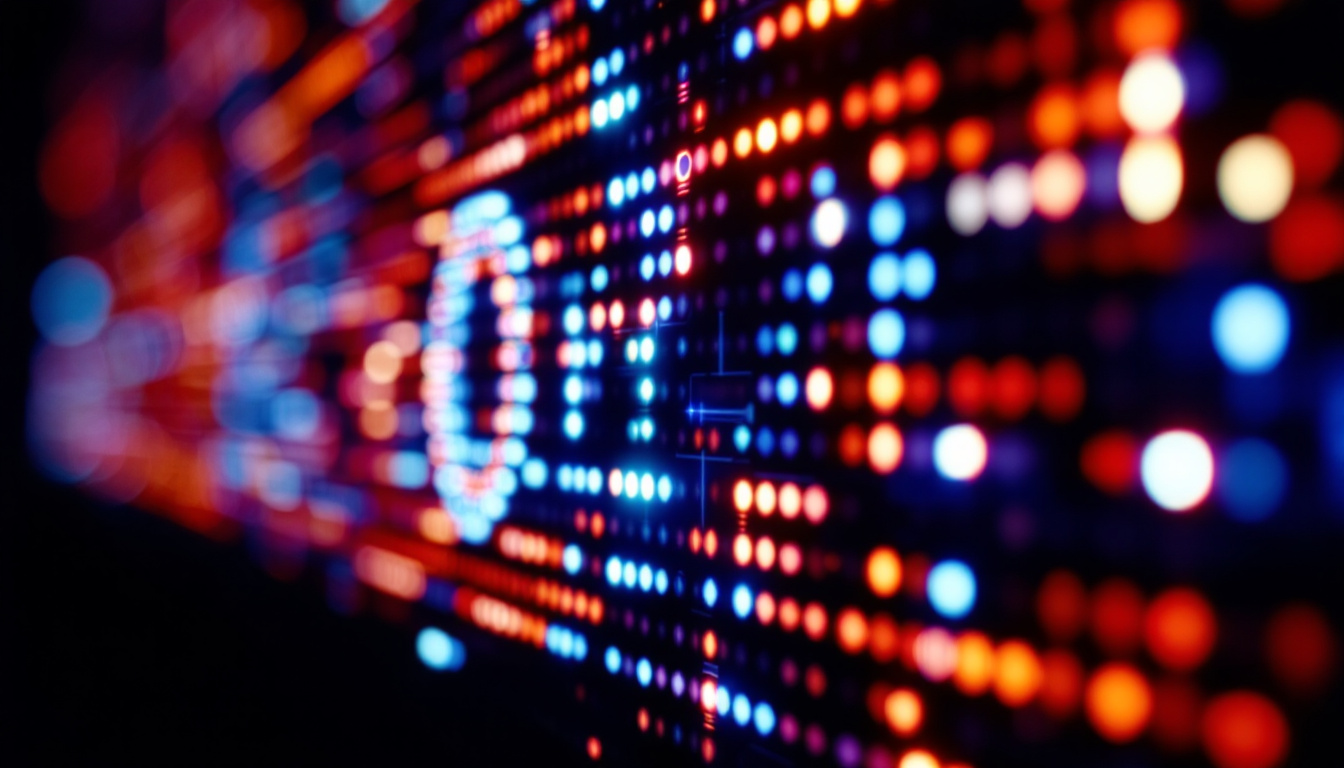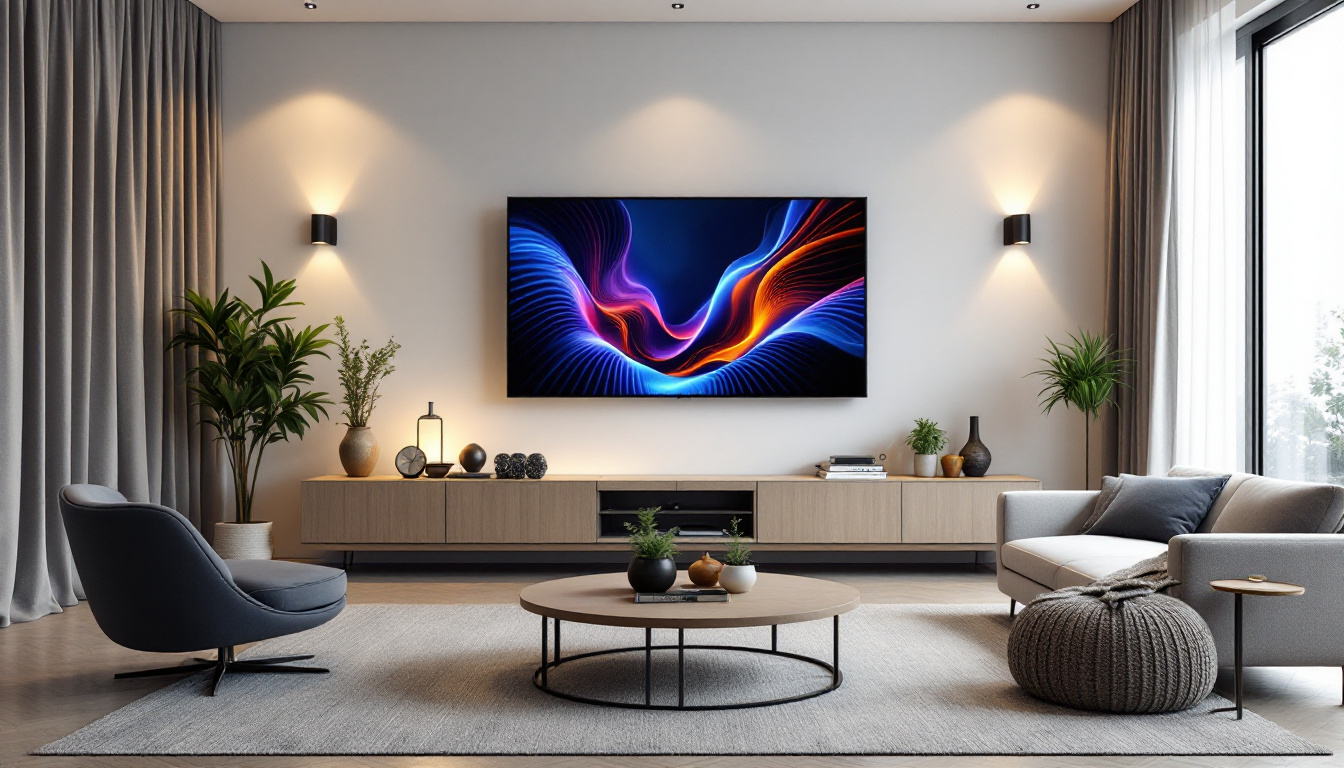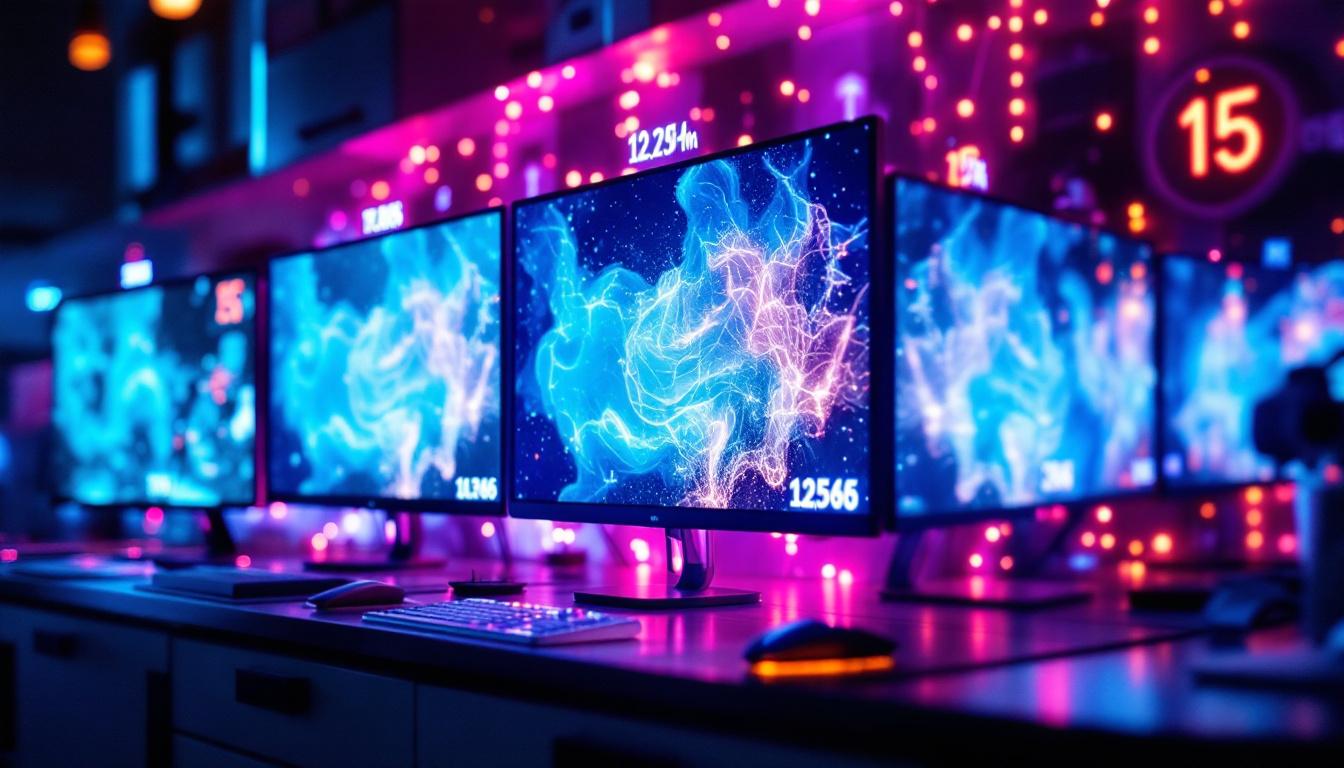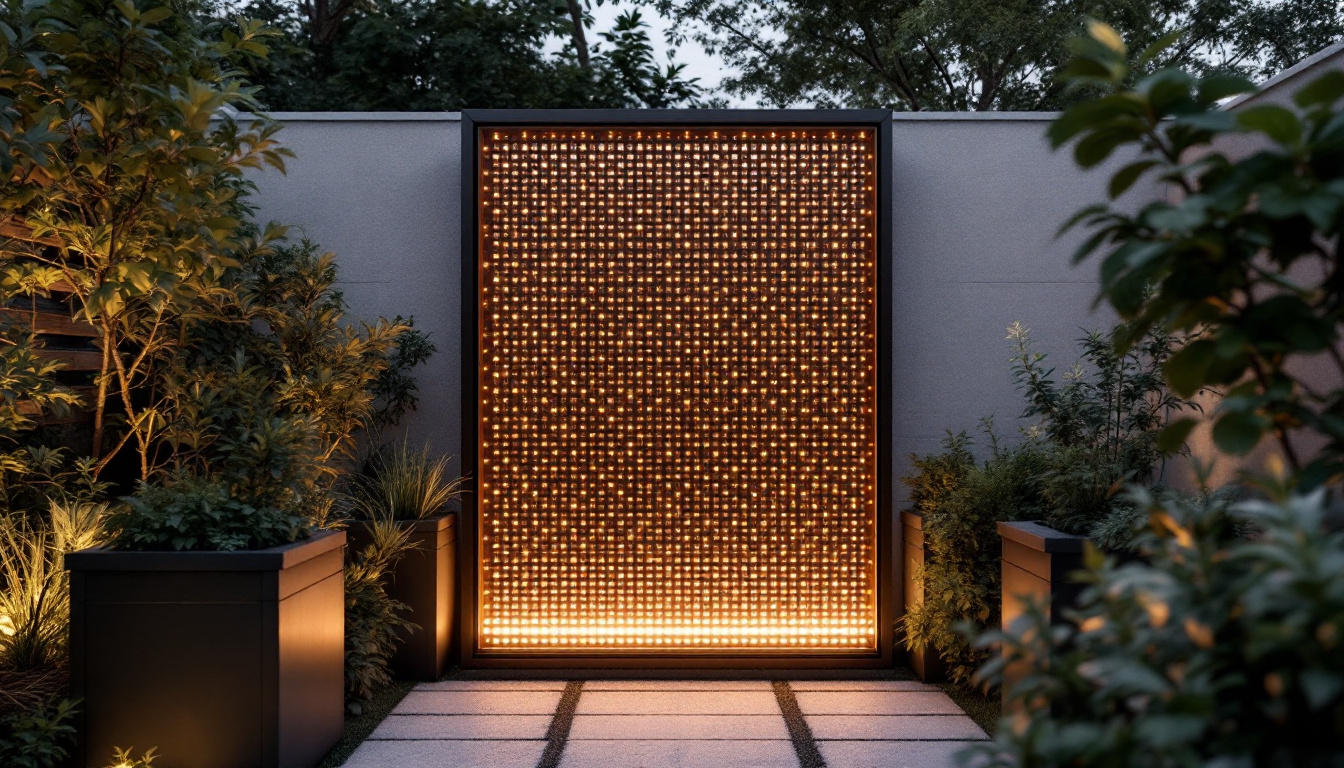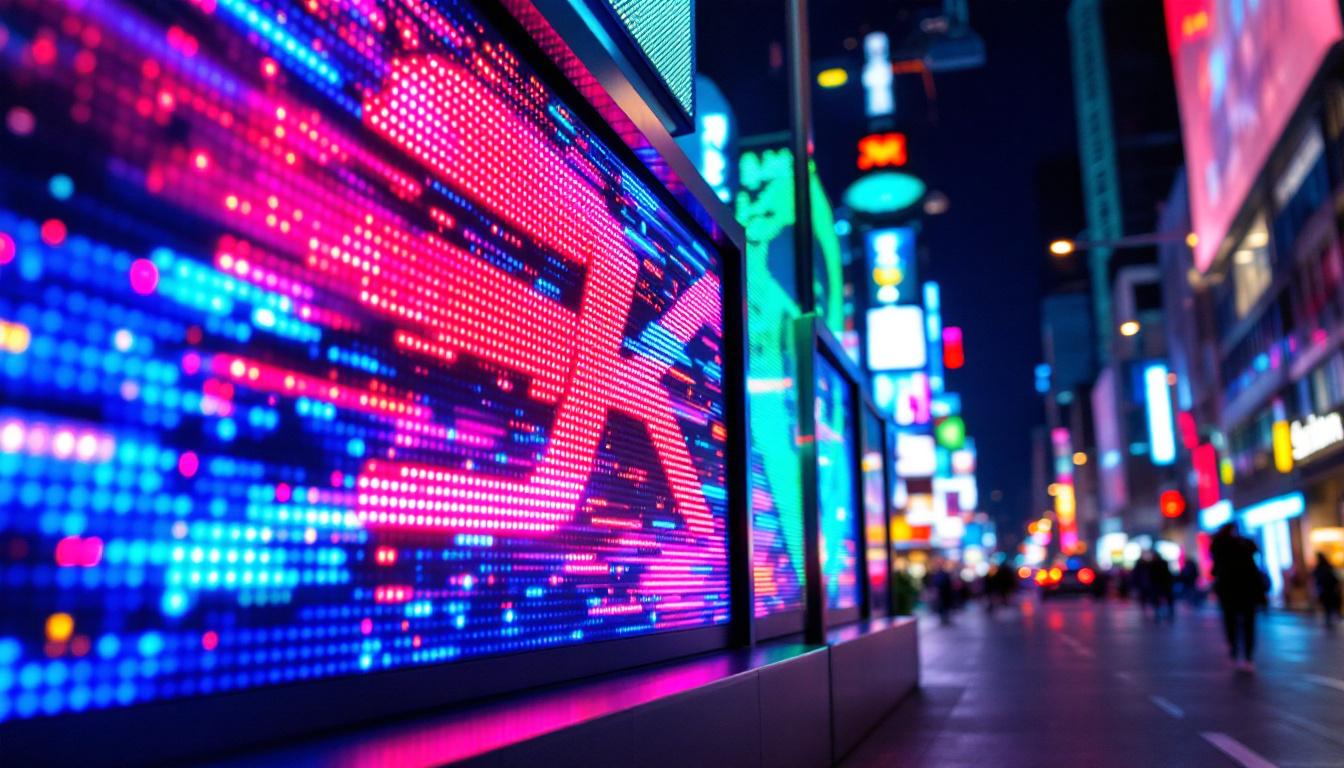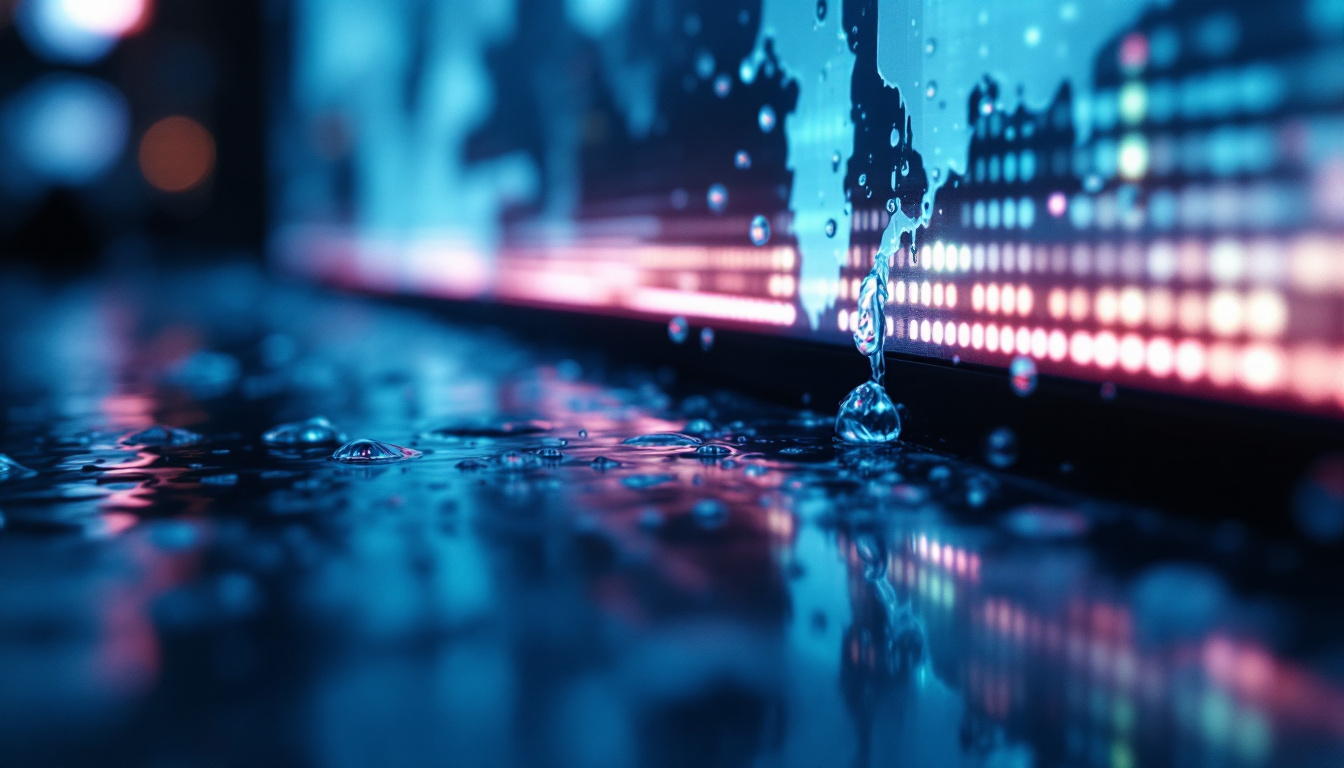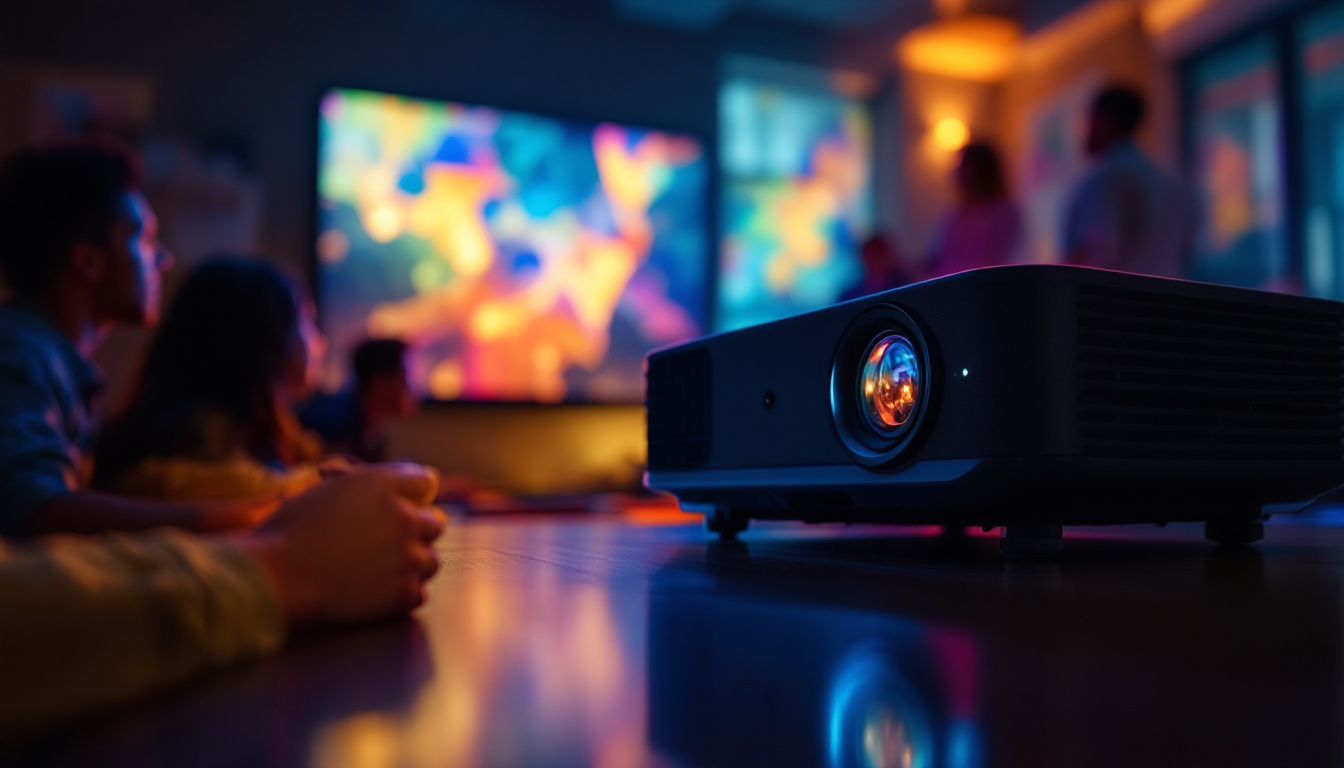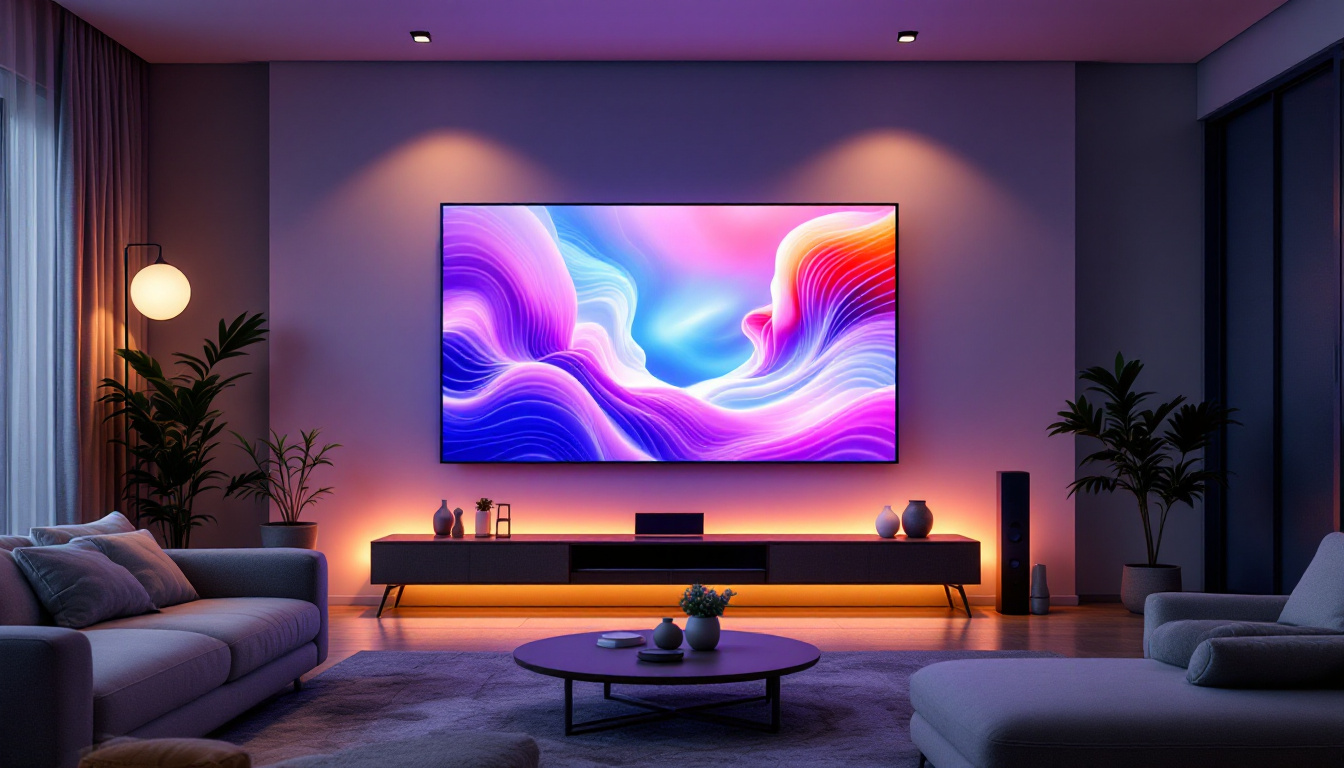In the rapidly evolving world of digital signage and visual communication, LED displays have emerged as a dominant technology. From vibrant billboards in Times Square to dynamic information boards in airports, LED displays are everywhere. However, despite their widespread use, many people remain unfamiliar with what makes LED displays unique, how they work, and why they continue to revolutionize the way we consume visual content. This article delves into the fundamentals of LED displays, their advantages, types, and the innovations driving their future.
Understanding LED Display Technology
What is an LED Display?
LED stands for Light Emitting Diode, a semiconductor device that emits light when an electric current passes through it. LED displays are screens that use these tiny diodes as pixels to create images, videos, and text. Unlike traditional LCD or plasma screens, LED displays rely on individual light sources, which allows for greater brightness, contrast, and energy efficiency.
At its core, an LED display consists of thousands to millions of these diodes arranged in a grid. Each diode can emit red, green, or blue light, and by adjusting the intensity of each color, the display can produce a full spectrum of colors. This pixel-level control is what enables LED displays to render sharp, vibrant images even in challenging lighting conditions. Furthermore, the modular nature of LED displays allows for flexible configurations, enabling them to be used in various applications, from small indoor screens to massive outdoor billboards that can be seen from great distances.
How Do LED Displays Work?
LED displays operate by controlling the illumination of each diode to form images. The process involves three primary components: the LED modules, the control system, and the power supply. The LED modules contain the diodes themselves, arranged in clusters called pixels. The control system processes the input signal—whether video, graphics, or text—and translates it into instructions for each pixel. The power supply ensures that the diodes receive the correct voltage and current to function optimally.
One key aspect of LED displays is their refresh rate, which determines how often the image is updated per second. High refresh rates (typically 60Hz or higher) are essential for smooth video playback and reducing flicker, especially in large-scale outdoor displays. Additionally, LED displays use pulse-width modulation (PWM) to adjust brightness by rapidly switching the diodes on and off, a technique that balances visual quality with energy efficiency. This technology not only enhances the viewing experience but also extends the lifespan of the display, as it minimizes heat generation and wear on the individual diodes.
Moreover, the versatility of LED technology allows for innovations such as flexible and transparent displays. These advancements open up new possibilities in design and functionality, enabling applications in retail environments, art installations, and even automotive displays. As LED technology continues to evolve, we can expect to see even more creative uses that push the boundaries of traditional display methods, transforming how we interact with visual media in our daily lives.
Types of LED Displays and Their Applications
Indoor vs. Outdoor LED Displays
LED displays are broadly categorized into indoor and outdoor types, each designed to meet specific environmental and performance requirements. Indoor LED displays typically have a higher pixel density, meaning the diodes are packed more closely together. This results in sharper images suitable for close viewing distances, such as in retail stores, conference rooms, and control centers. The vibrant colors and high resolution of indoor displays can significantly enhance the customer experience, drawing attention to promotional content or important information.
Outdoor LED displays, on the other hand, prioritize brightness and durability. They are built to withstand harsh weather conditions, including rain, wind, and extreme temperatures. Outdoor displays often feature larger pixel pitches—the distance between diodes—to maintain visibility from longer distances. Examples include digital billboards, stadium screens, and transportation signage. The ability to display dynamic content in real-time makes outdoor LED displays an effective tool for advertisers looking to capture the attention of passersby, while also providing critical information, such as traffic updates or event notifications.
Fixed vs. Rental LED Displays
Another important distinction is between fixed and rental LED displays. Fixed LED displays are permanent installations, designed for long-term use in a specific location. These are common in shopping malls, corporate lobbies, and public squares. Their design focuses on robustness and integration with the surrounding architecture. Fixed installations often incorporate advanced features such as content management systems that allow for seamless updates and scheduling, ensuring that the displayed information remains relevant and engaging over time.
Rental LED displays are portable and modular, allowing for quick assembly and disassembly. They are popular for events, concerts, trade shows, and temporary advertising campaigns. Advances in lightweight materials and magnetic mounting systems have made rental LED displays increasingly versatile and easy to deploy. These displays can be customized to fit various event themes and sizes, offering flexibility that is essential for event planners. Additionally, rental displays often come with high-quality support services, including technical assistance and on-site setup, ensuring that events run smoothly without technical hitches.
Fine Pitch LED Displays
Fine pitch LED displays feature very small pixel pitches, often less than 1.5 millimeters. This technology enables ultra-high-resolution images suitable for close viewing distances, rivaling or even surpassing traditional LCD screens in quality. Fine pitch LEDs are increasingly used in control rooms, broadcast studios, and luxury retail environments where image clarity is paramount. The high pixel density allows for detailed graphics and text, making them ideal for applications that require precision, such as medical imaging or high-end advertising.
Moreover, the advancements in fine pitch technology have led to improved color accuracy and contrast ratios, making these displays not only visually stunning but also more energy-efficient compared to their predecessors. As a result, fine pitch LED displays are becoming a popular choice for immersive experiences in museums and art galleries, where the quality of visual presentation can significantly enhance the viewer’s engagement with the content. Their ability to seamlessly integrate with interactive technologies also opens up new avenues for innovative storytelling and audience interaction.
Advantages of LED Displays Over Other Technologies
Superior Brightness and Visibility
One of the most significant advantages of LED displays is their exceptional brightness. Outdoor LED screens can reach brightness levels of up to 7,000 nits, making them easily visible even in direct sunlight. This is a stark contrast to LCD screens, which typically max out around 500 to 1,000 nits. The high brightness ensures that content remains clear and legible regardless of ambient lighting conditions.
Energy Efficiency and Longevity
LED technology is inherently energy-efficient. LEDs consume less power than other display technologies because they emit light directly rather than relying on backlighting. This efficiency translates into lower operating costs, which is especially important for large-scale installations that run continuously.
Moreover, LEDs have a long operational lifespan, often exceeding 100,000 hours. This durability reduces maintenance costs and downtime, making LED displays a cost-effective solution over time.
Flexibility and Customization
LED displays offer unparalleled flexibility in terms of size, shape, and resolution. Because they are modular, LED panels can be assembled into virtually any configuration, from massive curved screens to transparent facades. This adaptability allows architects and designers to integrate LED displays creatively into buildings and public spaces.
Additionally, LED displays support dynamic content, enabling real-time updates and interactive features. This capability is invaluable for advertising, public information, and entertainment applications.
Innovations and Trends in LED Display Technology
MicroLED: The Next Frontier
MicroLED technology represents a significant leap forward in LED display innovation. Unlike traditional LEDs, which are relatively large, MicroLEDs are microscopic diodes that enable even higher resolution and improved color accuracy. MicroLED displays combine the benefits of OLED and LED technologies, offering perfect black levels, high brightness, and long lifespan without the burn-in issues associated with OLEDs.
Although MicroLED is still in the early stages of commercial adoption due to manufacturing complexities and costs, it promises to revolutionize consumer electronics, including televisions, smartphones, and wearable devices.
Transparent LED Displays
Transparent LED displays are an emerging trend that allows screens to be see-through while still displaying vibrant content. These displays are composed of LED modules with gaps between pixels, enabling light and visibility through the screen. They are ideal for retail windows, museum exhibits, and architectural applications where maintaining visibility is crucial.
AI and Content Management Integration
Modern LED display systems increasingly incorporate artificial intelligence (AI) and advanced content management software. AI can optimize content based on audience demographics, time of day, or environmental factors, enhancing engagement and effectiveness. For example, digital billboards can adjust advertisements dynamically to target specific audiences or respond to weather conditions.
Content management platforms simplify the scheduling, updating, and monitoring of LED displays across multiple locations, making it easier for businesses to maintain consistent messaging and branding.
Choosing the Right LED Display for Your Needs
Assessing Viewing Distance and Environment
When selecting an LED display, understanding the intended viewing distance is crucial. Pixel pitch must be chosen to ensure that the image appears smooth and detailed at the typical distance viewers will be from the screen. For instance, a billboard viewed from hundreds of meters can have a larger pixel pitch, while a display in a retail store requires a finer pitch for close-up clarity.
The environment also influences the choice of display. Outdoor installations require weatherproofing, high brightness, and robust construction, while indoor displays can prioritize resolution and color accuracy.
Budget Considerations and Total Cost of Ownership
While LED displays can be a significant upfront investment, it is important to consider the total cost of ownership, including energy consumption, maintenance, and potential downtime. High-quality LED displays may cost more initially but often deliver better long-term value through durability and efficiency.
Additionally, exploring financing options or rental solutions can make LED technology more accessible for short-term projects or businesses with limited capital.
Partnering with Experienced Providers
Choosing a reputable LED display manufacturer or integrator is essential. Experienced providers can offer tailored solutions, reliable installation, and ongoing support. They can also help navigate technical specifications, compliance with local regulations, and integration with existing systems.
Conclusion: The Future is Bright with LED Displays
LED display technology continues to transform the landscape of visual communication. Its combination of brightness, energy efficiency, flexibility, and durability makes it the preferred choice for a wide range of applications, from advertising and entertainment to information dissemination and architectural design.
As innovations like MicroLED and transparent displays mature, the possibilities for creative and impactful visual experiences will only expand. For businesses and organizations looking to engage audiences effectively, understanding the nuances of LED displays is the first step toward harnessing their full potential.
With the right knowledge and partners, investing in LED display technology can illuminate your message and captivate your audience like never before.
Illuminate Your Message with LumenMatrix
Ready to elevate your visual communication and captivate your audience with unparalleled clarity and impact? Discover LumenMatrix’s comprehensive suite of LED display solutions, from the vibrant Indoor LED Wall Display to the robust Outdoor LED Wall Display, and the innovative LED Transparent Display. Each solution is crafted to bring your brand to life and deliver memorable visual experiences. Check out LumenMatrix LED Display Solutions today and join the revolution in digital signage excellence.



